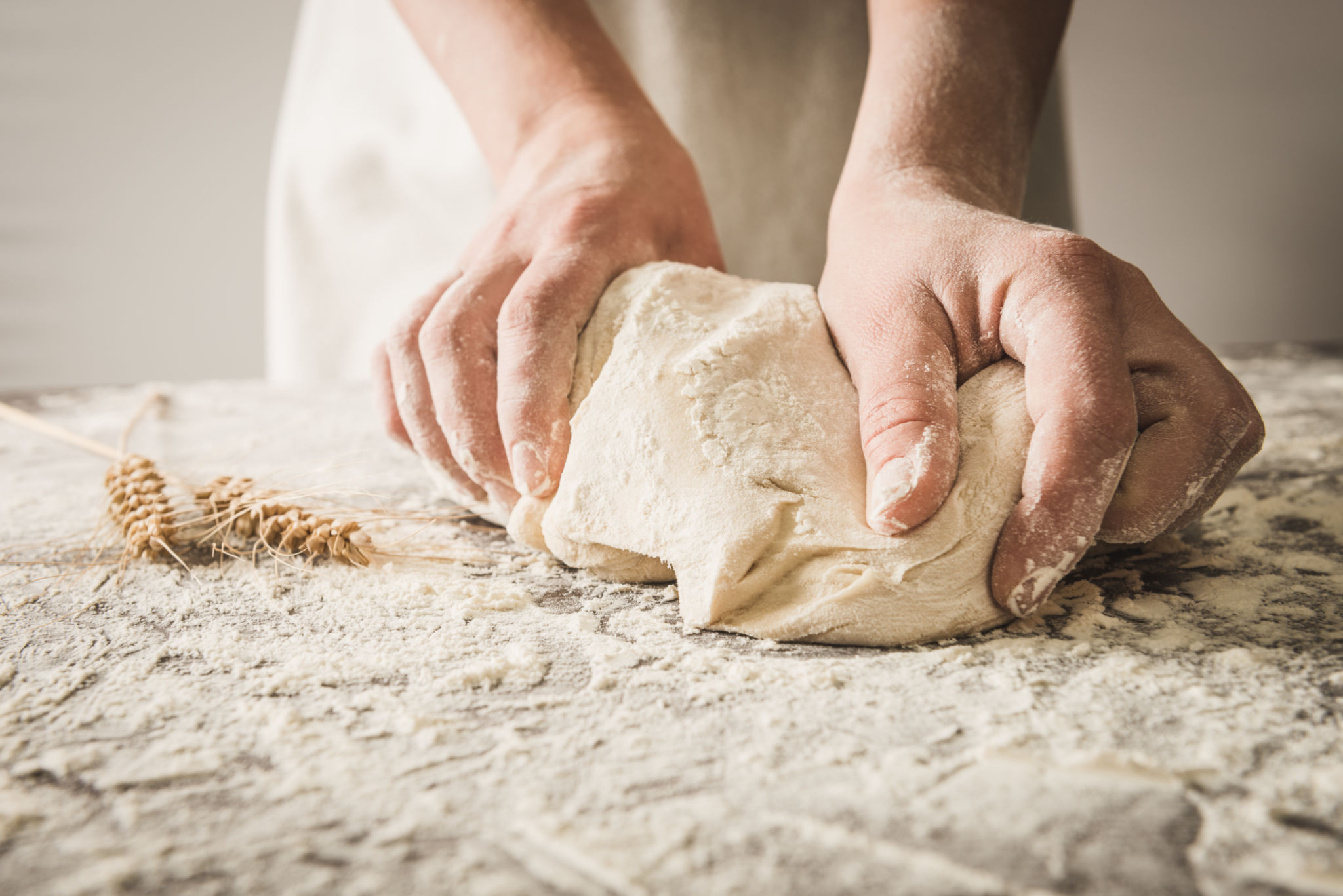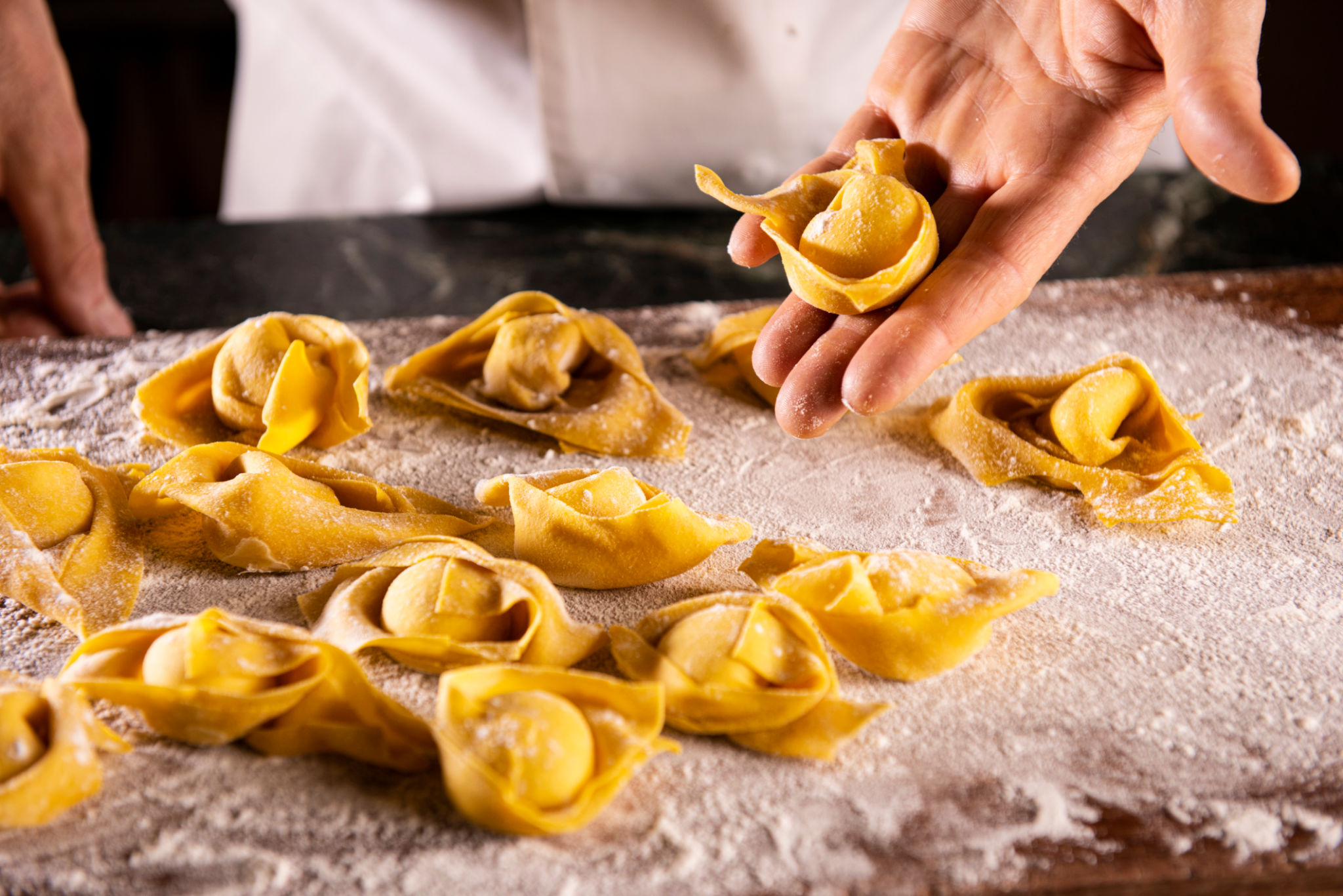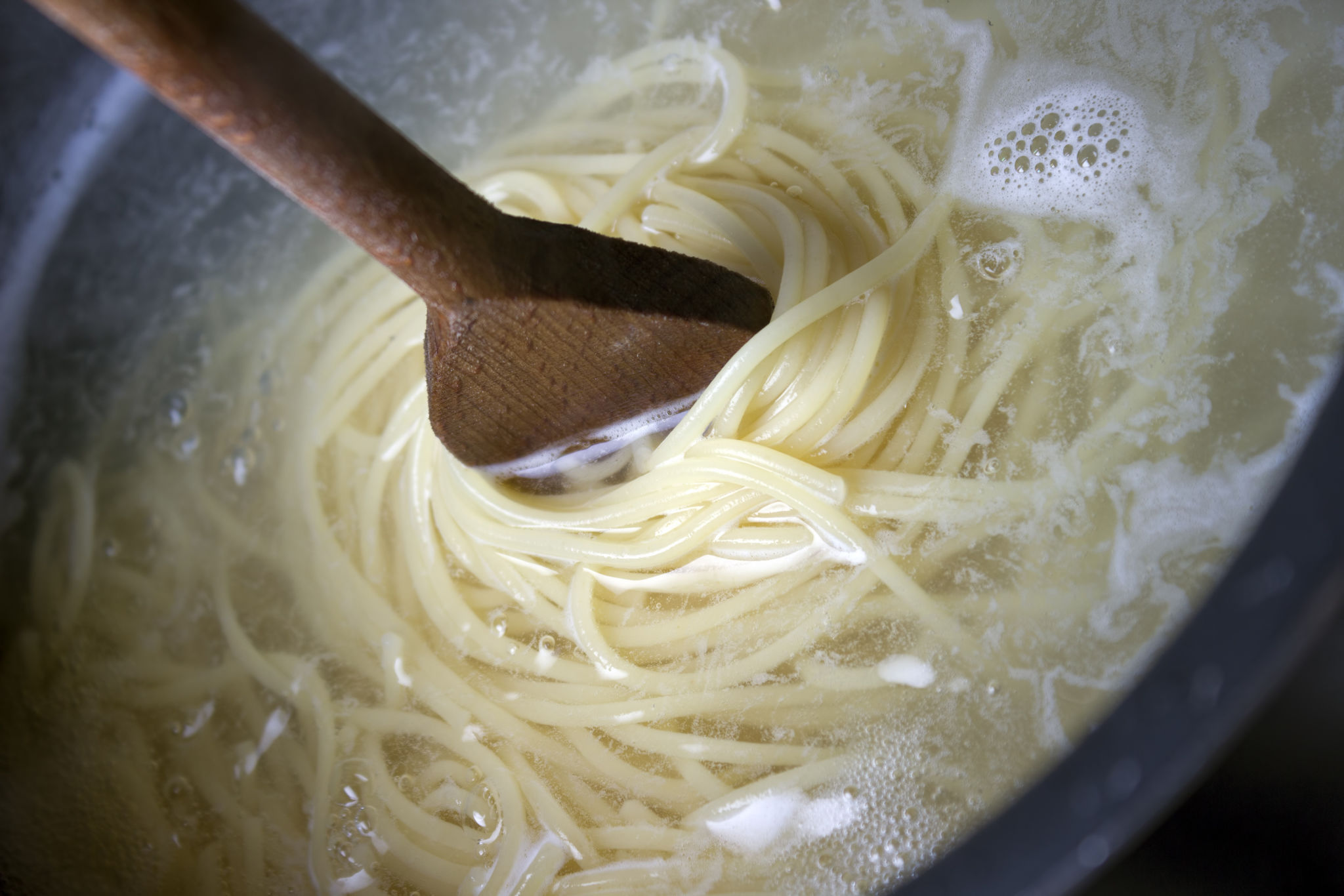The Art of Homemade Pasta: Tips from PastaCraft Experts
There's something incredibly satisfying about crafting homemade pasta. The texture, the freshness, and the simple ingredients that transform into delicate strands or shapes can elevate any meal. At PastaCraft, experts have honed the art of pasta-making, turning it into an enjoyable and rewarding experience. Here are some tips from the pros to help you make perfect pasta every time.
Choosing the Right Ingredients
The foundation of great pasta is quality ingredients. Use a combination of semolina flour and all-purpose flour for a balance of texture and flavor. Fresh eggs are also crucial; they impart a rich taste and golden color to your dough. Remember, the fresher the ingredients, the better your pasta will taste.
When selecting your flour, consider the protein content. Higher protein flours will result in a more elastic dough, perfect for rolling out thin sheets. Conversely, lower protein flours can make softer noodles suited for shapes like orecchiette or cavatelli.

The Art of Kneading
Kneading is an essential step in developing the gluten structure necessary for a smooth and elastic dough. Start by mixing your flour and eggs until they form a shaggy dough. Then, knead the dough on a floured surface for at least 10 minutes. This process ensures your pasta will have the perfect bite.
A well-kneaded dough should be smooth and slightly tacky to the touch. If it's too sticky, add a bit more flour; if it's too dry, incorporate some water or an additional egg. Practice makes perfect, so don't be discouraged if your first few attempts aren't flawless.
Rolling and Shaping
Once your dough is ready, it's time to roll it out. Use a pasta machine or a rolling pin to achieve your desired thickness. Start with a thicker setting and gradually work your way to a thinner one. For filled pasta like ravioli or tortellini, aim for a thinner sheet; for fettuccine or tagliatelle, a slightly thicker sheet will do.

For shaping your pasta, experiment with different cutters and stamps to create various forms. Use a floured surface to prevent sticking, and let your creativity shine. Whether you prefer classic spaghetti or intricate farfalle, mastering shapes will add variety to your pasta dishes.
Cooking Tips
Cooking homemade pasta is quick; fresh pasta typically cooks in 2-4 minutes. Ensure your water is at a rolling boil and generously salted to enhance flavor. Test your pasta frequently to achieve the perfect al dente texture.
After cooking, reserve some pasta water to adjust the consistency of your sauce. The starchy water helps emulsify sauces, making them cling better to your noodles. Drain your pasta but avoid rinsing it; this preserves the starches that help sauce adherence.

Pairing with Sauces
The right sauce can elevate your homemade pasta to new heights. Light sauces such as aglio e olio or fresh tomato go well with delicate strands like angel hair, while heartier sauces like Bolognese complement thicker noodles like pappardelle.
Experiment with different ingredients and flavors to find combinations that excite your palate. From traditional pesto to innovative cream-based sauces, the possibilities are endless when you make pasta at home.
Embrace the art of homemade pasta, and let these expert tips guide you through each step. With practice and patience, you'll soon be crafting delicious dishes worthy of any Italian kitchen.